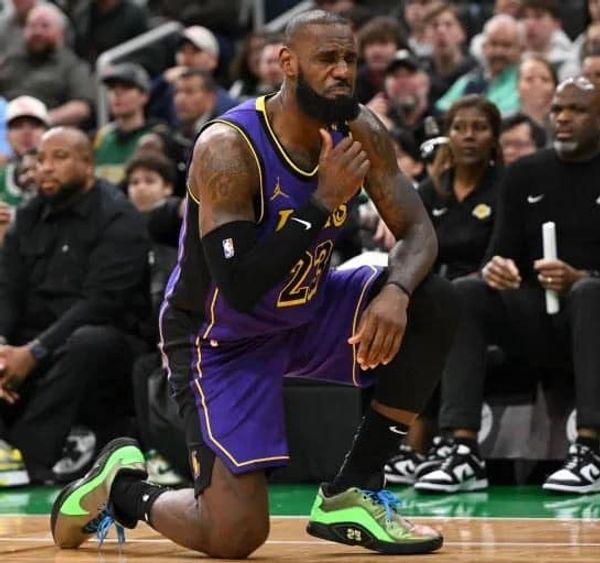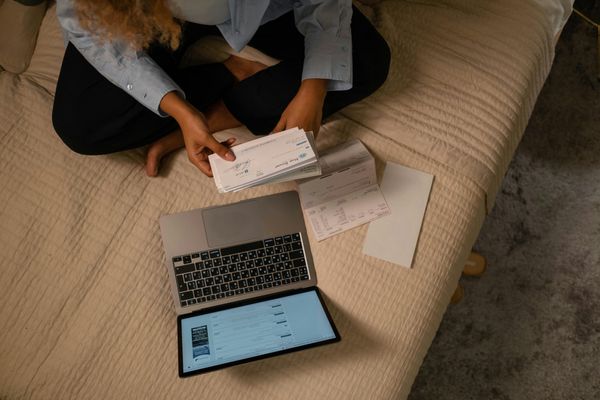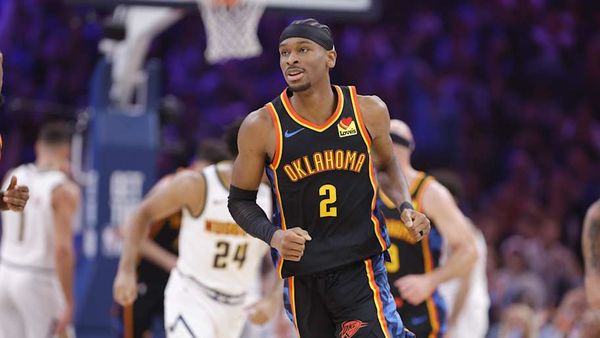Fast food creates a lot of waste. That's been a problem for chains including McDonald's (MCD), which spent years being criticized for its foam packaging. Using foam eventually become common throughout the industry, but McDonald's was a pioneer (although not the first).
"The expanded polystyrene sandwich box, the 'clamshell,' was invented by Jon Huntsman Sr. in 1974. Jon was frustrated with the paper packaging in which hamburgers were served as they didn’t keep the food warm and the juice leaked," Bioplastics News reported.
Huntsman pitched his invention to McDonald's, which passed. Restaurant Brands International's (QSR) Burger King did not, and a new standard was created. McDonald's eventually went along.
Foam was the norm for sandwich packaging until McDonald's phased it out for paper (bringing back cold sandwiches where the juice leaks). Hot-drink cups at the Golden Arches were foam until 2012, while the chain used the material in its cold-drink cups until 2018.
Now, McDonald's wants to build a better drink cup.
Starbucks Wants to Get Rid of Disposable Cups
Starbucks (SBUX) has long been at the forefront in considering its impact on the planet. It was an early adopter of phasing out plastic straws, which it replaced with ones made of recyclable materials (the straws that melt in your iced coffee) and, more impressively, with sippy cups paired with beverages designed for the cup.
Now, the chain wants to take things a big step further and limit the use of single-use disposable cups in its stores.
"By the end of next year, customers will be able to use their own personal reusable cup for every Starbucks visit in the U.S. and Canada -- including in café, drive-thru, and mobile order and pay," the company wrote on its website.
"Our goal, by 2025, is to create a cultural movement towards reusables by giving customers easy access to a personal or Starbucks-provided reusable to-go cup for every visit, making it convenient and delightful to reuse wherever customers are enjoying their Starbucks Experience."
The chain did want to make it clear that it's cutting its use of disposable cups, not eliminating them.
"Our disposable to-go cups will still be available. But, by 2025, our customers will have more options to use a reusable cup every time they visit a Starbucks. Reducing our use of single-use cups is a priority until a future where we’ve identified scalable, long-term solutions to reduce waste. This is why we continue to make our to-go cups more sustainable in parallel with our reusable programming," a Starbucks spokesperson told TheStreet.
That's a bold goal, but it's one that complicates things for customers. The chain wants you to bring a cup or borrow one? It's a noble idea, but it's a challenging feat to execute.
McDonald's may have a better idea.

McDonald's
McDonald's Tests Recycled Cups
McDonald's has begun testing a recyclable cup made from recyclable materials.
"Say hello to our circular clear cups sourced from equal parts recycled and bio-based materials -- available now in 28 select restaurants in Savannah, Ga.," the company said in a news release.
"When we say 'circular,' we’re referring to the cup’s potential lifespan. You see, these cups are sourced from recycled material, and our goal is that they can be recycled to create more material that could be used to make other items. It’s a way of doing things that can help keep plastic in use and out of landfills,"
And while Starbucks plans to get rid of disposable cups entirely, it replaces them with reusable cups that need to be washed. McDonald's plan includes keeping the experience exactly the same for the customer.
"Before we geek out about the nitty-gritty details, it’s worth noting that these new circular clear cups are made with the intention of being nearly identical to the McDonald’s cups you’re used to. In fact, you probably won’t notice any difference between the two -- but behind the scenes, there’s plenty to get excited about," the company said.
The fast-food giant also outlined the makeup of its new cups:
The test cups are sourced from a 50-50 mix of post-consumer plastic material and bio-based materials. We're using what is referred to as a mass balance method, a process that allows us to measure and track recycled and bio-based inputs being used in a process that also mixes traditional fossil-fuel sources. Cooler still is the fact that the bio-based material is crafted in part from McDonald’s used cooking oil. Talk about a full-circle moment.
McDonald's has a publicly stated goal of sourcing 100% of guest packaging from renewable, recycled, or certified sources by 2025.







